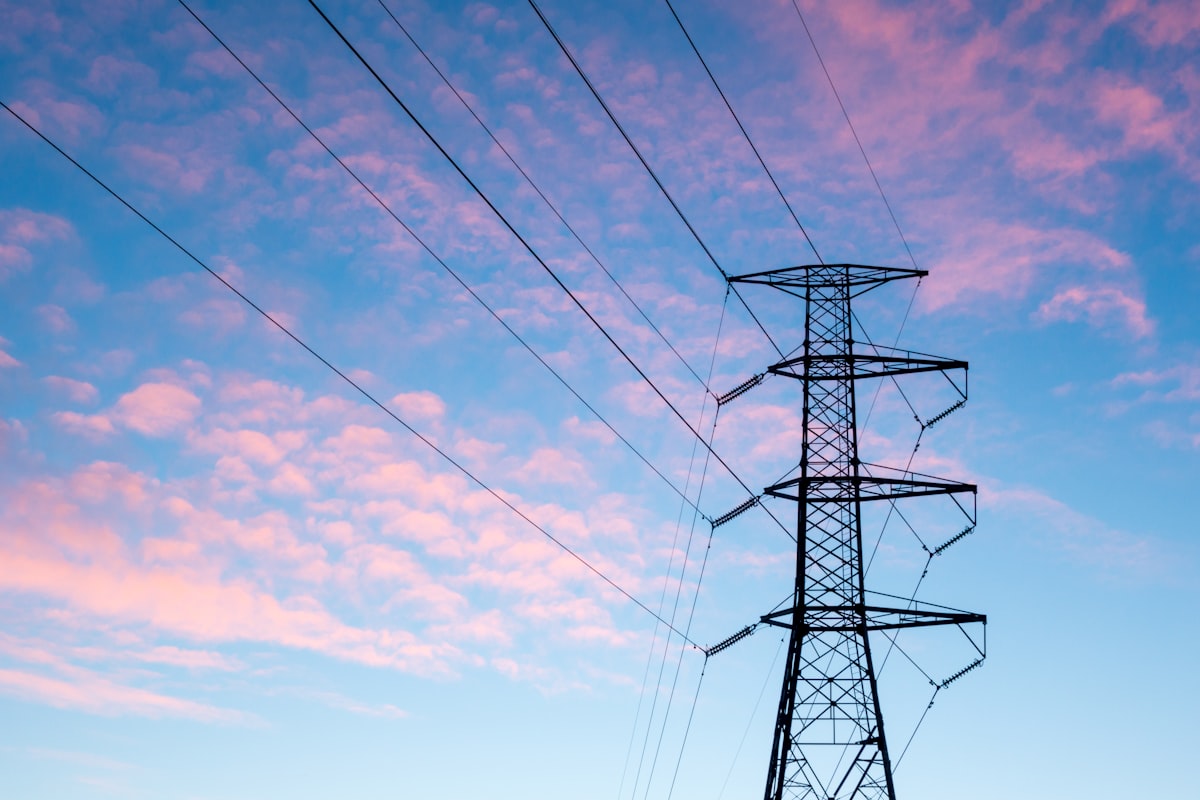How has the Constitution been modified in energy matters?
The last energy reform was presented in 2013, under the administration of Enrique Peña Nieto. What changes have been made to the Constitution in energy matters?

The bill of Constitutional Reform in Energy Matters, sent by the Federal Executive, has the purpose of reforming articles 25, 27, and 28 of the Constitution. Its objective, as it stated, is to strengthen the Federal Electricity Commission (CFE) and to stipulate the nationalization of lithium exploitation. It was presented at the beginning of the month and has given rise to various reflections and debates. However, in the country's history, how many energy reforms have been carried out, and when was the last one?
In 1960, Mexico began the nationalization of the electricity industry. In that year, Adolfo López Mateos proposed to Congress an amendment to Article 27 of the Constitution. It stated that "it corresponded to the nation to generate, transform, distribute and supply electric energy for the provision of public service". This initiative allowed the promotion of hydroelectric megaprojects such as the Infiernillo plant on the Balsas River, which began operations in 1965. These projects were important because there was significant growth in thermoelectric power plants.
"These projects were relevant because there was an important growth of thermoelectric power plants, even to the point of having them as a base generation because the decade of the sixties was a period of abundant and cheap oil in the world, and hydrocarbons as energy sources for the generation of electric power boomed", according to Jesús Ramos Gutiérrez and Manuel Montenegro, in their text on consumption and generation of energy in the country (Tecnologías y Ciencias de agua, 2012).
The path of the energy sector
Before that decade, some events of great relevance occurred. From the end of the XIX Century until the beginning of the XX Century, the electric companies were diverse and were granted to private companies with foreign capital, besides the service that was mainly satisfied was that of the industry. In 1917, the Constitution enacted, in Article 27, that the nation had dominion over its minerals, but it also established the figure of the concession. The latter was of great importance.
By the thirties, private electric companies had a strong presence in the country; Impulsora de Empresas Eléctricas, a subsidiary of Bond and Share Norteamericana, and Mexicana de Luz y Fuerza Motriz, a subsidiary of the Canadian company American and Foreing Power Company, stood out, as detailed by Jesús Ramos Gutiérrez and Manuel Montenegro (Tecnologías y ciencias de agua, 2012).
However, on August 14, 1937, the Comisión Federal de Electricidad (CFE) was created to favor the development and planning of the national industry. In 1939, the first Electricity Industry Law was published, which established that the public electricity service could be provided by the State or by private parties through concessions, as pointed out by Jesús Ramos Gutiérrez and Manuel Montenegro.
Three years later, in 1940, the regulatory law of Article 27 was established, which generated instruments for the State to enter into contracts with private parties (exploration and exploitation) without jeopardizing the State's rights over hydrocarbons; concessions were established for the construction of refineries, oil pipelines, and gas distribution.
Around 1958, changes were made to the Regulatory Law of Article 27: the possibility of making contracts with private parties -to exploit resources- was eliminated and in the case of the oil industry, all activities were subordinated to Petróleos Mexicanos.
This is how the reform came about in 1960, with the nationalization of electricity, which established the restriction to prevent contracts and the granting of concessions to private parties for the extraction of hydrocarbons and natural resources, and allowed the participation of the social and private sector in the exploration and extraction of hydrocarbons in exchange for payments based on the resources obtained.
In the 1980s, constitutional articles 26, 27, and 28 were reformed to establish that the functions exercised by the State in the oil and hydrocarbons sector were not monopolies.
2012 and the Pact for Mexico
On April 25, 2012, Enrique Peña Nieto, in his candidacy for the presidency, pledged to carry out an energy reform under the argument of reducing electricity and gas rates in favor of the population and industries, in addition to not promoting the privatization of the CFE and PEMEX.
It was enacted in December 2013, through a political, social, and economic agreement called Pact for Mexico. The premise of this pact was to lower the costs of gas and electricity services and increase foreign investments, which would have an impact on the generation of jobs and an increase in oil production.
However, in energy matters, it was promoted that private companies, together with the CFE, would manage the electricity system under the State's management. The ownership of the power plants, transmission, and distribution networks remained public, and the production of renewable energies on a large scale was added.
Source: Once Noticias




